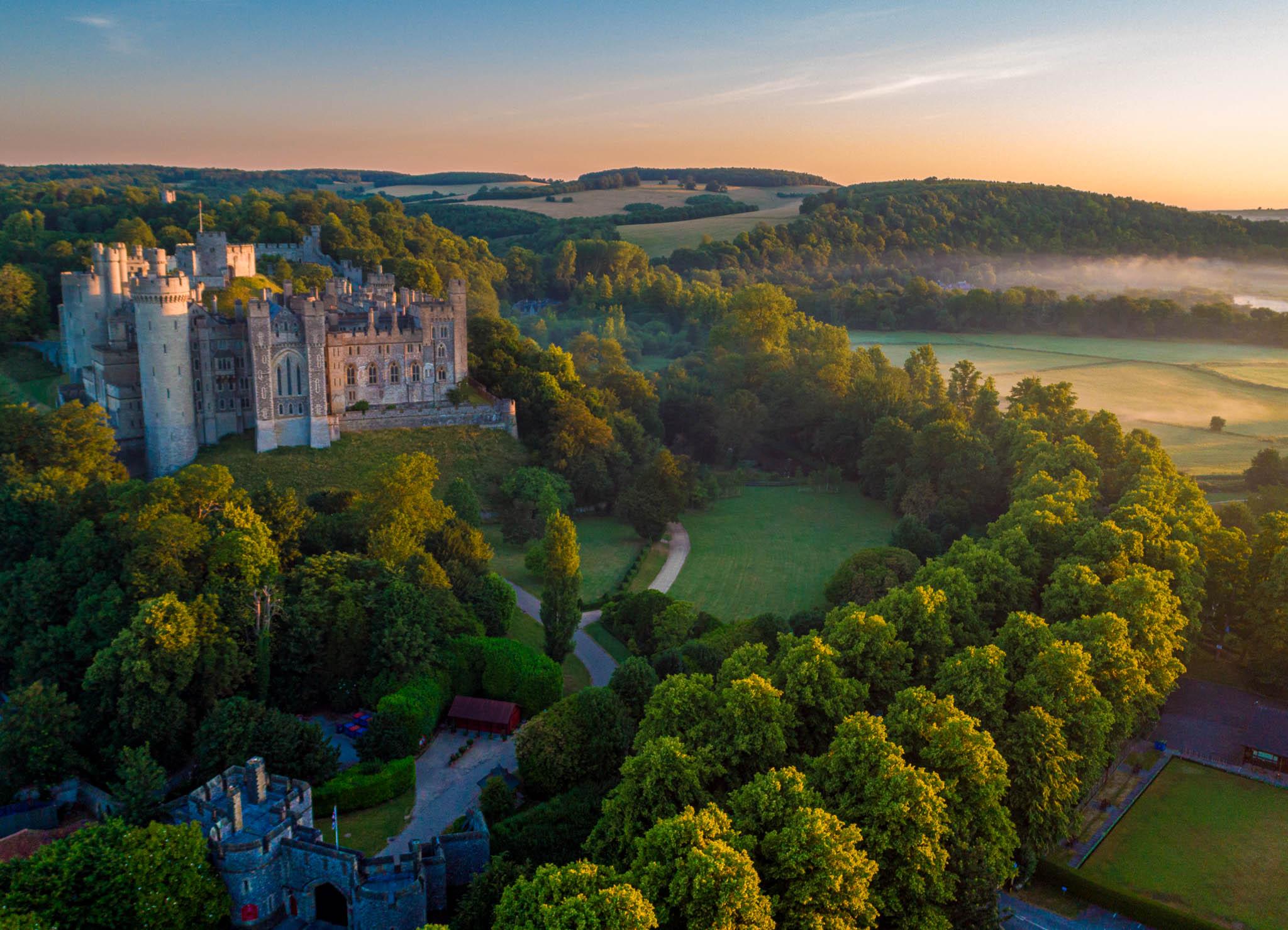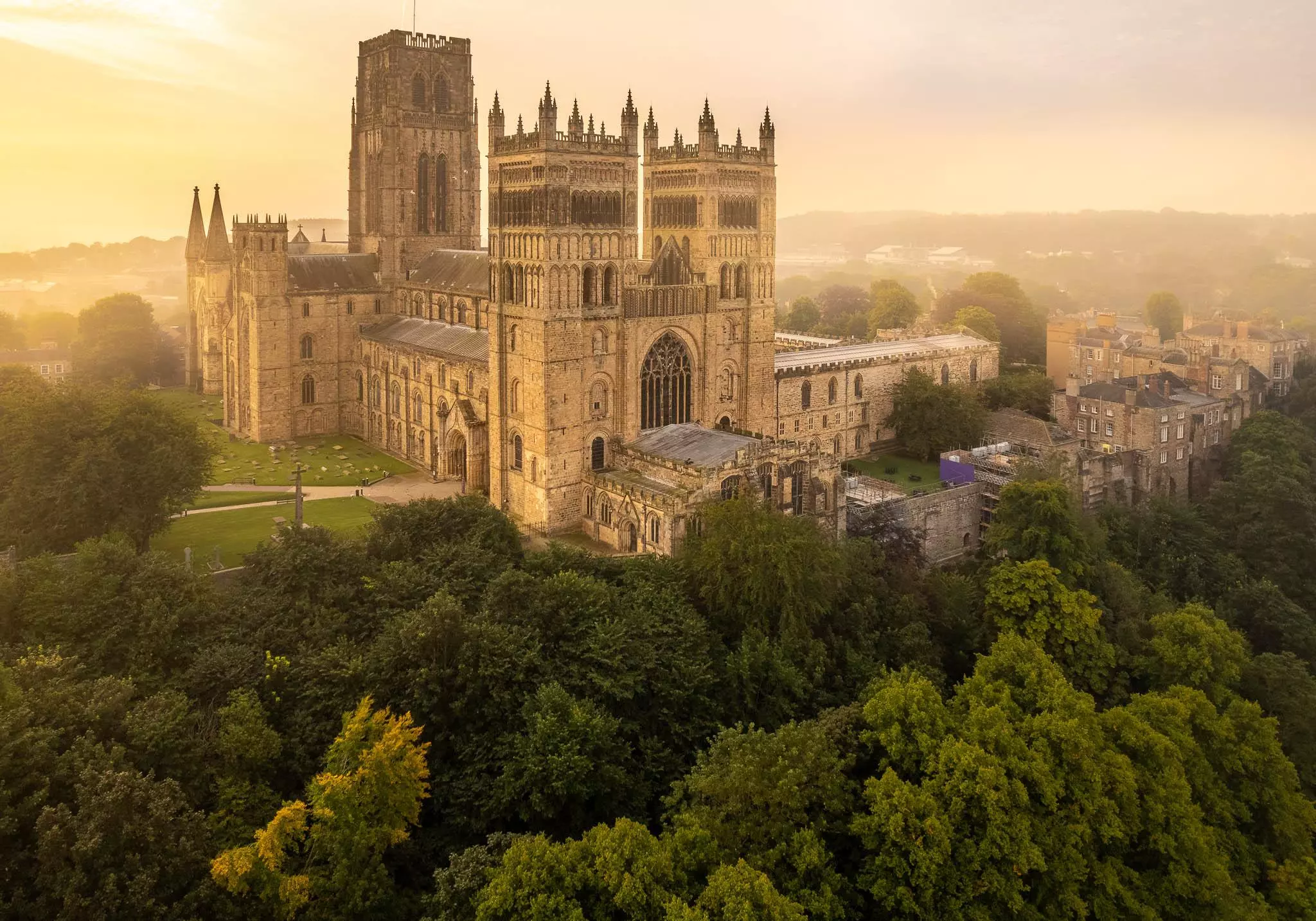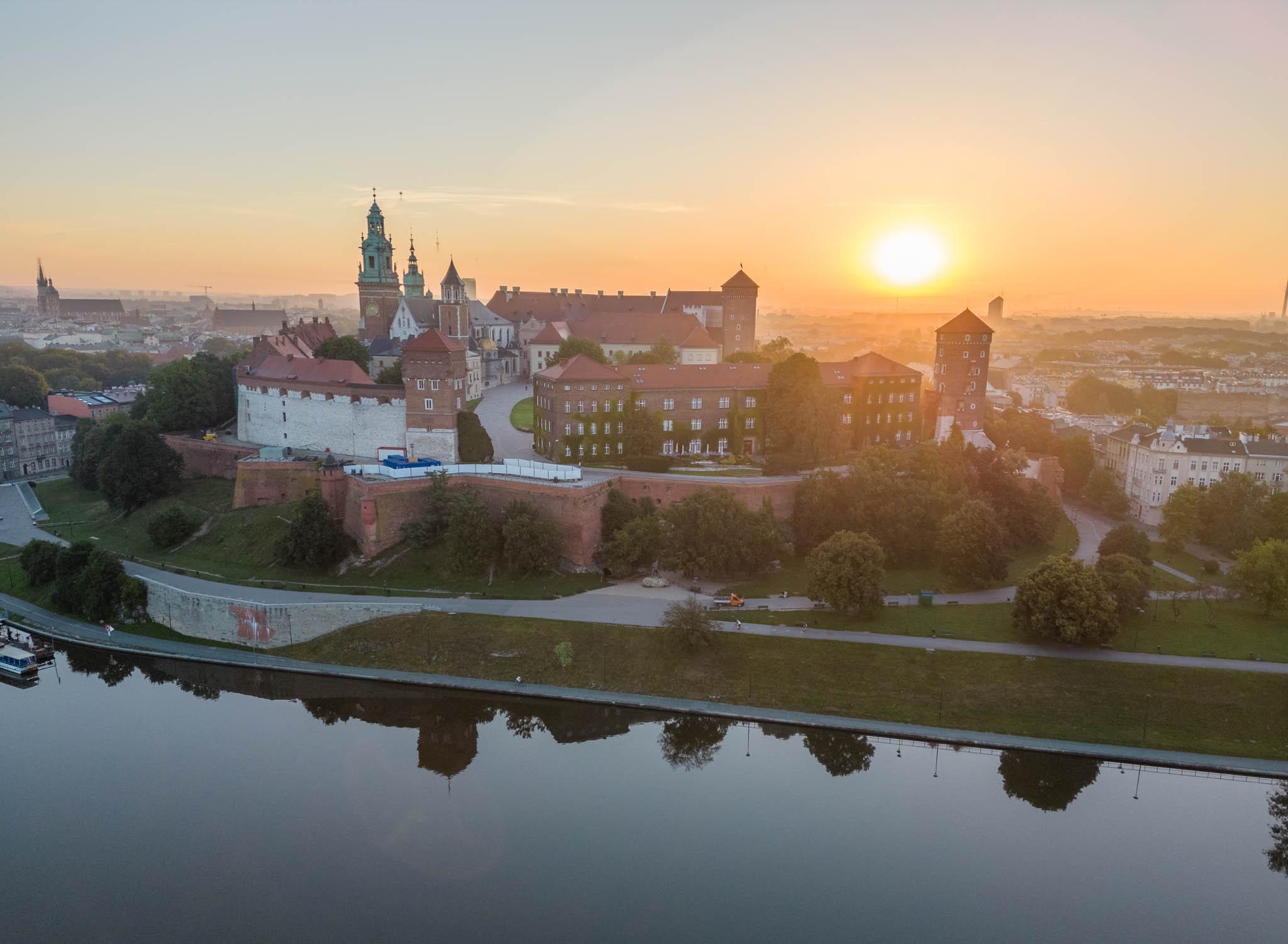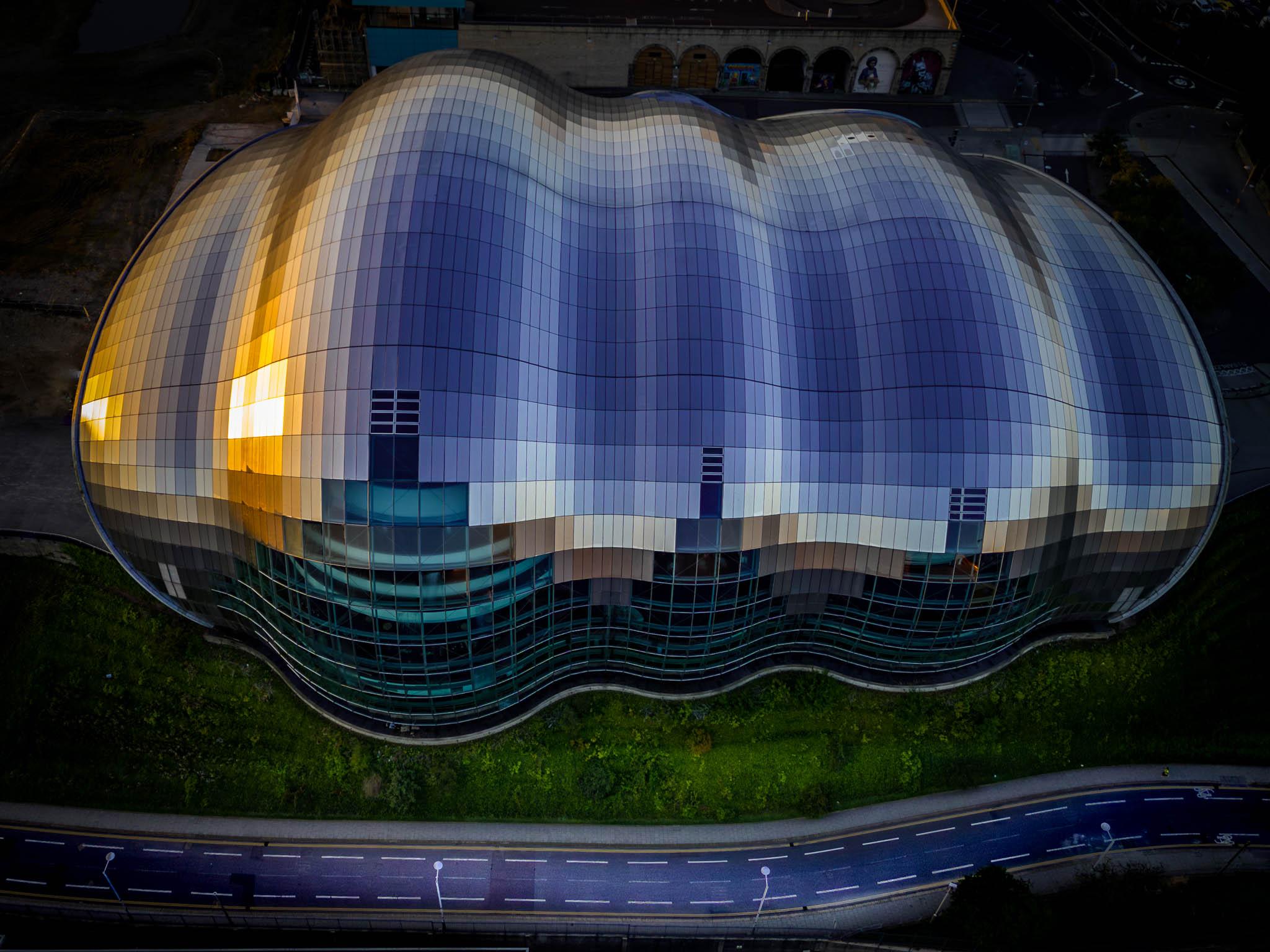I bought my first drone way back in 2017. It was a DJI Phantom 3 4K and I loved it. I loved it so much that less than a year later I sold it. I sold it because the Phantom 4 Pro was released and that had a massive one inch sensor.
There is no doubt that drones have revolutionised both photography and film making. Just ten years ago, if you wanted high quality aerial images or footage, you needed to hire at least a plane with a pilot and for best quality a helicopter with a stabilised camera platform.
Now, in a few seconds we can set up a small, lightweight drone with a stabilized camera and send it 120m up in the air to take amazing footage and stills. Amazing if the light is reasonable. And there lies the crux of this article.

Massive? Not Really
My first drone, the Phantom 3 4K had a Sony EXMOR 1/2.3″ CMOS. That’s a small sensor, one found in cheapish camcorders of the day. The massive 1” sensor on the Phantom 4 Pro, was a step up, but compared to DSLRs of the day, it was tiny.
Some seven year later the largest sensor on my drones is still 1”. That resides on my DJI Air 2S. My go to drone is the DJI Mini 3 Pro. Because its sub 250g, I can fly it in many more locations than the Air 2S. This includes, with some limitations, city centers. That has a 1/1.3-inch CMOS sensor, barely bigger than my 2017 Phantom.
The biggest sensor you can get on prosumer level drones today is the m4/3 sensor fitted to the Mavic 3 series and they are a significant step up in cost but also a significant step up in size.

Size Matters
The technology packed into modern day drones is utterly remarkable. 8K video, 48mp stills, HDR, Panoramics, amazing battery life. All of that is enabled by some pretty clever engineering, both mechanical and electronic. However, neither of these can overcome physics.
The simple reason most drones still have relatively small sensors is size and weight. The larger the sensor, the larger the lens required to cover it. That means significantly more glass which is probably one of the heaviest components of the drone – battery excepted.
So with the larger sensor and larger lens, you will now need a larger (and more powerful) gimbal. That adds weight, reduces battery life and cost significantly more. It may also put the drone in a higher aviation class meaning even more restrictions. The art of building a drone is a delicate balancing act and sensor size is an important part of that equation.


Small Is Not Bad
Most of us take photos on our smartphones. Some of us just as family snaps, others for serious photography. The sensors on smartphones are very small yet can give us amazing images. The same is true of drone sensors. Despite their relatively small size, thay are capable of giving us very good image and video quality. There is, of course a caveat coming and here it is. They are good when the light is reasonable and the contrast not too excessive.
Smartphones can overcome some of these limitations using computational photography. Look at how modern smartphones deal with night images to see how good that is.
However, computational photography requires some serious processing power. It’s only relatively higher end smartphones that have this power and that’s because the price of the processors is also high.
Given the already significant technology packed into a drone, adding a powerful mobile CPU for computational photography would significantly add to the cost. So, we have to use other ways to deal with high contrast and low light scenes.

I Always Use HDR In My Drone Shots
Both my drones produce good images, but if I want to shoot a scene with a bright sky and deep shadows, the sensor simply will not cope. If I want to shoot towards, if not directly at the sun, the sensor will definitely blow out. So I shoot in HDR and in RAW. A quirk of DJI systems is that I have to manually set the camera to HDR mode every time I change the battery but by doing so, I know I will get the shot I need. I always shoot a 5 image HDR.
Actually my Mini 3 Pro will automatically detect a high contrast scene and shoot HDR in single shot mode, however I prefer to keep manual control over the HDR mode.
Now those used to the advance bracketing systems on larger cameras will find drone HDR a little limited. You can only select between three and five images and not the stop difference. In practice I have found most of the brackets are about 2/3rds of a stop apart, which is fine.

More Choice In Post Production
The real reason to always shoot HDR is simple, it gives me the choice in post production. I can choose the most suitable single image if the dynamic range is sufficient. Alternatively I can select 3 or 5 images and merge them to an HDR shot if the DR is not there in any one shot.
That extra choice is well worth the minimal extra storage space required for this images. Even the RAW files are not excessively large yet they give me so much more flexibility in the post production.
Another issue with the smaller sensor is of course noise. There is a technique that can be used to reduce noise in smaller sensors. You will need to have your drone stationary in the air and in relatively low wind conditions. With your shot lined up, make sure the shutter speed is high enough to avoid any camera shake. This may require boosting the ISO to very high levels. Now you take a series of images with exactly the same exposure. The more the better.
There is a post production technique in Photoshop that allows you to combine those multiple images and dramatically reduce the noise without resorting to noise reduction. You can see how to do this in the video below.
So there you have it, I shoot HDR all the time with my drone, simply to make sure I can cover the limitations of the small sensor. Whilst I might not combine all the images, I know that I will be able to get a winning shot out of one or some of them.




